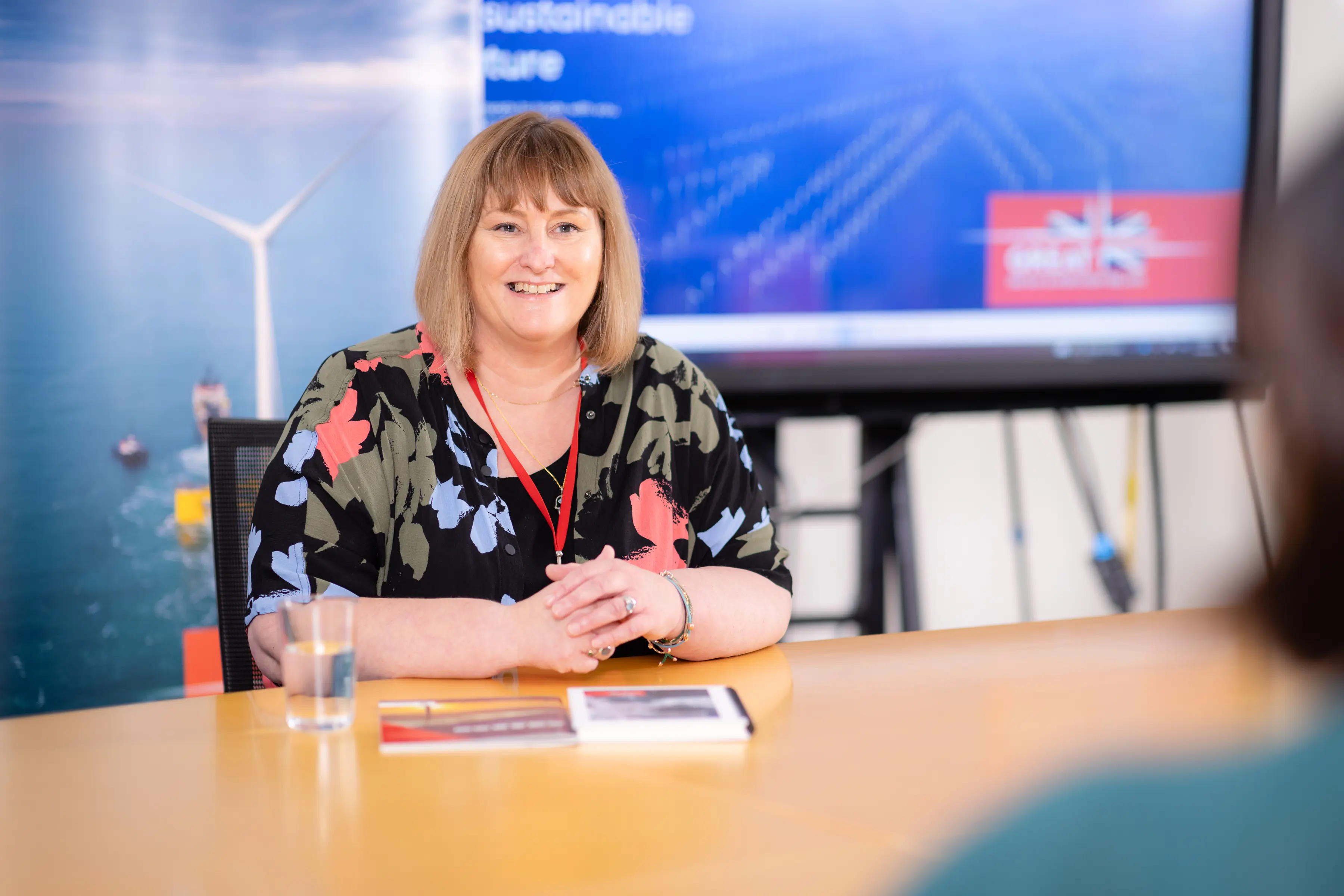They'll (developers, suppliers, engineers) have their own different domestic health and safety regulations that they're used to working with. The way we found works best is instead of having a very detailed code, we use a goal-setting form of regulation so that actually people can continue to use their own different ways of working as long as they can demonstrate that they're working to an equal safety standard.
Maintaining Inclusivity with Core Objectives Establishing Offshore Wind Safety on a Global Scale
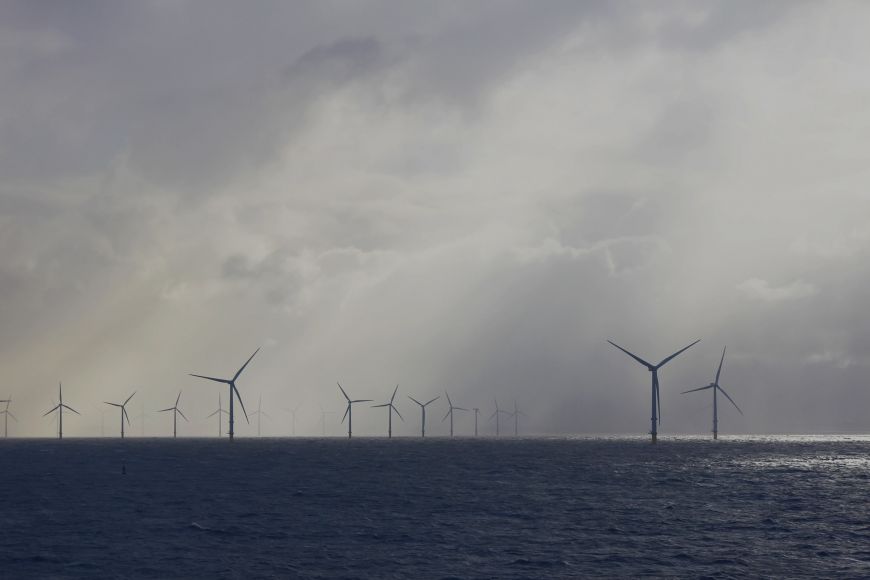
Maintaining Inclusivity with Core Objectives Establishing Offshore Wind Safety on a Global Scale
Sarah Albon, Chief Executive, Health and Safety Executive (HSE)
By Xin-En Wu
A commonly accepted notion across all industries is that economic development and technological advancements lead to many new breakthroughs and the betterment of society, however, at the same time, new challenges and more complex problems also arise from the conditions and circumstances brought about by progress. This is especially apparent in the construction and contracting industry, as projects become increasingly convoluted and require highly specialized experience and knowledge, most notably in regard to the development and construction of offshore wind farms requiring extensive expertise and professionalism from relevant onshore and offshore construction projects. To add to the complexity, business models surrounding offshore wind farms, as well as offshore wind asset management methodologies, and how financial instruments and products tie into the offshore wind industry, matters regarding occupational safety and health are also a key differentiator in the amount of faith investors and insurers have when deciding where to direct and utilize their capital. Occupational safety and health issues with offshore wind farms are already a critical topic that not only the UK, but also the whole world has their eyes on at the moment.
The UK is currently the world leader in offshore wind energy generation, accounting for around 36% of the world's offshore wind installed capacity and possessing the world's largest offshore wind farm, Hornsea 1. According to industry development surveys conducted in the UK, the total potential generation capacity of all UKbased offshore wind farms currently sits at 86GW, the highest in the world. In 2017, the UK successfully completed the development and launching of the world's first floating offshore wind farm, Hywind Scotland. Soon after, the fully operational floating offshore wind farm off the coast of Kincardine, Scotland, became one of the largest commercialized floating offshore wind farms in the world. The UK government has already pledged a total budget of 160 million GBP into the innovation and development of floating offshore wind technology with the ultimate goal of expediting the maturation of this technology as the UK's core infrastructure.
In order to fully grasp the intricacies of occupational safety and health around the offshore wind industry in the UK, understanding the background of how offshore wind farms develop is key. At any given stage throughout the development process, there are a multitude of international entities that are contributing to the development project, for example, including but not limited to developers from Denmark, marine vessels and crews from the Netherlands, and technicians and engineers from Germany, India or Japan. Each country and every discipline bring with them the habits, processes, standards, regulations…etc, that they are familiar with from wherever they were based, and so a new problem occurs; how to integrate different standards of people from such varying origins working together?
"They'll (developers, suppliers, engineers) have their own different domestic health and safety regulations that they're used to working with. The way we found works best is instead of having a very detailed code, we use a goal setting form of regulation so that actually people can continue to use their own different ways of working as long as they can demonstrate that they're working to an equal safety standard" explains Sarah Albon, Chief Executive, Health and Safety Executive (HSE).
With many years of change management and leadership experience, Albon understood and appreciated the value of integrating and incorporating the level of mastery and amount of insight professionals from varying demographics and geographies have to offer, as well as the importance of facilitating a collaborative and inclusive environment that empowers teams to exude their genius, enabling development projects to continue making good headway.
"Our openness enables people to bring their different expertise from all around the world and different jurisdictions, so they can work successfully," Albon says.
Governments should have extreme clarity about the results they want to achieve, rather than focusing on the countless minuscule details of how things should happen. Albon emphasizes, "clear about the goal and results but open-minded about the method".
The UK, being the nation where the industrial revolution originated, had been facing and dealing with industrial and occupational hazards and risks much longer than any other nation in the modern age and in doing so, have developed a much deeper appreciation and emphasis on the perseverance of human life. Over the years since the beginning of their industrialization, the British people and government have fostered a thorough understanding that the loss of life due to occupational hazards takes a toll on more than just the people they were connected to, it is in fact closely correlated with economic loss and the destabilization of society which eventually culminated in the development of the Factory Act. By the late 1970s, the Factory Act had reached quite a state of maturity, and soon after, the Health and Safety Work Act was enacted in 1974 and the Health and Safety Executive (HSE) was established, further lowering occupational deaths by more than 65% over the course of the following 30 years. The Health and Safety Work Act signified that the UK was the first ever nation in the world to establish enforced laws and regulations around occupational safety and health, with the HSE becoming the first ever government organization focused completely on occupational and industrial safety and health.
Since its establishment, the HSE has proven its value time and time again, becoming the national regulator for workplace health and safety while simultaneously systemizing health and safety measures across the UK, setting the foundations for robust workplace risk assessment methodologies. As of now, the UK has regulations requiring hazardous occupations, as well as all other industries, to ensure the well-being of their personnel by regularly completing legally required risk assessments. The global community also often references the HSE's Five Steps to Risk Assessment as a source of truth when planning for their own county's workplace health and safety standards.
"As the chemicals, explosives, offshore oil and gas, and wind industries develop alongside the ongoing energy transition, we will be taking on a new role as the safety regulator for other sectors. The results and progress that you see us having today isn't because of a new law that was passed, nor did it come from a few meetings. It has been a culmination of decades of experience and keeping people at the heart of what we do, as we adapt and respond to a changing landscape" Albon explains further.
Increased risk factors come from heightened levels of uncertainty and ambiguity which is often caused by human factors
Offshore construction is heavily influenced by the weather, wind and waves (3Ws), oftentimes resulting in major unforeseen construction delays or adding layers of unanticipated complexity to an already challenging process. When also considering the diversity of the coastline and seabed across the various offshore wind farm sites, there leaves extremely little room for any experience or operation model to be fully or even partially replicated, hence the amount of risks that the overall industry needs to face.
The most common safety hazards that operators in offshore wind farm construction face are falling from heights, mechanical hazards such as contact with moving parts, ship collision or personnel falling overboard during marine operations or transportation, electrical hazards, turbine or vessel fire or explosion hazards. Other hazards include human error hazards, handling of hazardous material, hazards from working in confined spaces and exposure to excessive and/or prolonged noise or vibration hazards.
Stemming from the Health and Safety at Work Act 1974, HSE gradually developed Workplace (Health, Safety and Welfare) Regulations, Health and Safety (Display Screen Equipment) Regulations, Personnel Protective Equipment at Work Regulations and Manual Handling Operations Regulations in 1992, Reporting of Injuries, Diseases and Dangerous Occurrences Regulations in 1995 and Management of Health and Safety at Work Regulations in 1999.
Repetitive Strain Injuries (RSI) was a critical area of focus in the above-mentioned regulations with studies from the time showing that around 80% of occupational injuries were caused by human behavior, or human error to be more precise. The International Maritime Organization included human influence as a key factor in their occupational health and safety meetings, going even as far as establishing a "human influence" task force to study, discuss and mitigate the amount of human influence in occupational health and safety risk evaluations.
Remaining open-minded is crucial in enhancing the awareness of safety issues, especially from a cultural perspective
Albon elaborates that many contractors and construction companies gradually become increasingly indifferent to the existing health and safety risks that are present in the work environments of their personnel, which is why "enforcing" health and safety regulations will only ever render the regulations as "a bare minimum" to the parties that should be held accountable for the health and safety conditions of their operating teams; creating a culture of awareness and emphasis on health and safety should be the first and foremost goal of protecting people and places, helping everyone lead safer and healthier lives.
"It's important, culturally, that the right person owns the risk. And for us, we believe that people who own the risk should be the people who create the risk. We think that the ownership and the responsibility for safely managing risk should sit with the duty holder, the developer, the operator, or with any other parties that should be held responsible for risk management. The level of accountability towards risk assessment and management needs to come from a commitment towards ensuring people feel safe where they work and this needs to be established at a cultural level" says Albon.
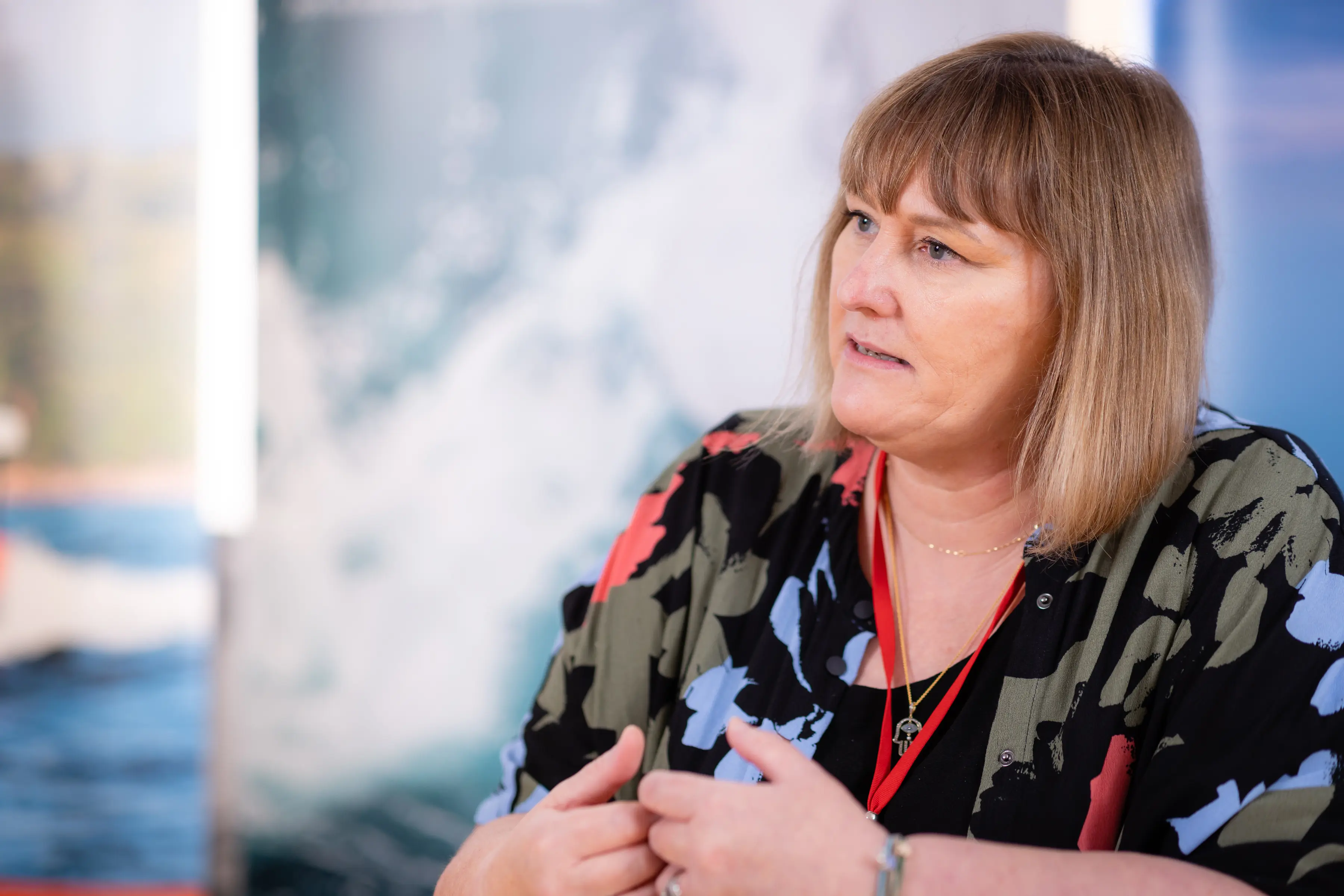
Our openness enables people to bring their different expertise from all around the world and different jurisdictions, so they can work successfully. Governments should have extreme clarity about the results they want to achieve, rather than focusing on the countless minuscule details of how things should happen. Clear about the goal and results but open-minded about the method.
"It's important, culturally, that the right person owns the risk. And for us, we believe that people who own the risk should be the people who create the risk. We think that the ownership and the responsibility for safely managing risk should sit with the duty holder, the developer, the operator, or with any other parties that should be held responsible for risk management. The level of accountability towards risk assessment and management needs to come from a commitment towards ensuring people feel safe where they work and this needs to be established at a cultural level" says Albon.
In theory, personnel operating offshore should be the ones most concerned with their safety, rather than letting a governing body "enforce" regulations to ensure the well-being and vitality of the operators.
Albon suggests, "I think there's a danger if the regulator or if the government is too detailed and too prescriptive, then they start to own the risk because the operator can say, 'Well, I did exactly what you told me to do, and it still broke, so it's your fault. It's not my fault."
"Awareness of health and safety issues isn't cultivated through hard rules, but through fostering a culture that emphasizes it" Albon expresses. This means establishing management and monitoring systems for all stakeholders, including everyone from contractors and developers to service providers and consulting parties, even suppliers, encouraging all parties to contribute their experiences and best practices to an ever-evolving "safe culture" and allowing for the holistic enablement of the industry to innovate safely and prevent major incidents, supporting the move towards net zero.
"When somebody sends us a safety case for a new offshore wind project, it's pages and pages of their thoughts about what they're going to do and why it's safe. We're still really detailed, it's just that we are open-minded to different ways of achieving the same outcome," Albon emphasizes.
Albon further explains, "What matters is that they (developers and contractors) demonstrate that they can achieve the same level of safety. If one developer wants to limit themselves to a certain height because that's what would be acceptable in their market or in their nation, that's their choice. Then we would look at that as their commercial decision, that they want to limit themselves in that way. Provided that somebody else has actually successfully and safely done it, we can show you that it's just as safe to add another 10 meters while elaborating on questions like 'Why is it safe?' 'What are the operating parameters for safety?' 'Have you thought about all the different issues?' 'What data have you got?' 'What experience have you got?' 'What experimental evidence even have you got?' This way, we can understand their thought processes and the conclusion they've reached and verify that against our data. Because we don't really set many detailed requirements, we're very open to people working in different ways as long as they can show us that they're working to the same level of safety."
"For example, in floating wind farms, a lot of the construction takes place either onshore or near-to-shore, so the actual creation of the wind turbine isn't done at sea. It's manufactured on land, but then you have to install it at sea. We've learned from our experience of regulating the floating technologies for oil and gas offshore. The risks are in the 'floating elements' themselves. So the developer will explain how they manage the risk by using 'tethering' and thinking about the requirements to tether the floater to the seabed. If you're going a long way offshore, we use helicopters to get to the offshore wind floater, so thinking about the safety of helicopters is just another aspect that extends from our experience" says Albon.
When a culture of awareness is apparent, stakeholders in these development projects naturally hold themselves accountable for matters regarding health and safety.
Albon believes that when regulators ease up, developers and suppliers will be able to take ownership and proactively establish measures to ensure personnel safety. "I think by actually freeing up a little bit more and really putting (the responsibility) on the shoulders of the developers to think it through, to own the risk and to be responsible for the decisions they make, they have to choose what's safe, not just decide that they followed the rules, then it can actually drive a culture where they take safety even more seriously because they know that they can't turn around to the time the government or to the regulator and say, 'that's your fault, because I did what you told me to, and it still went wrong'."
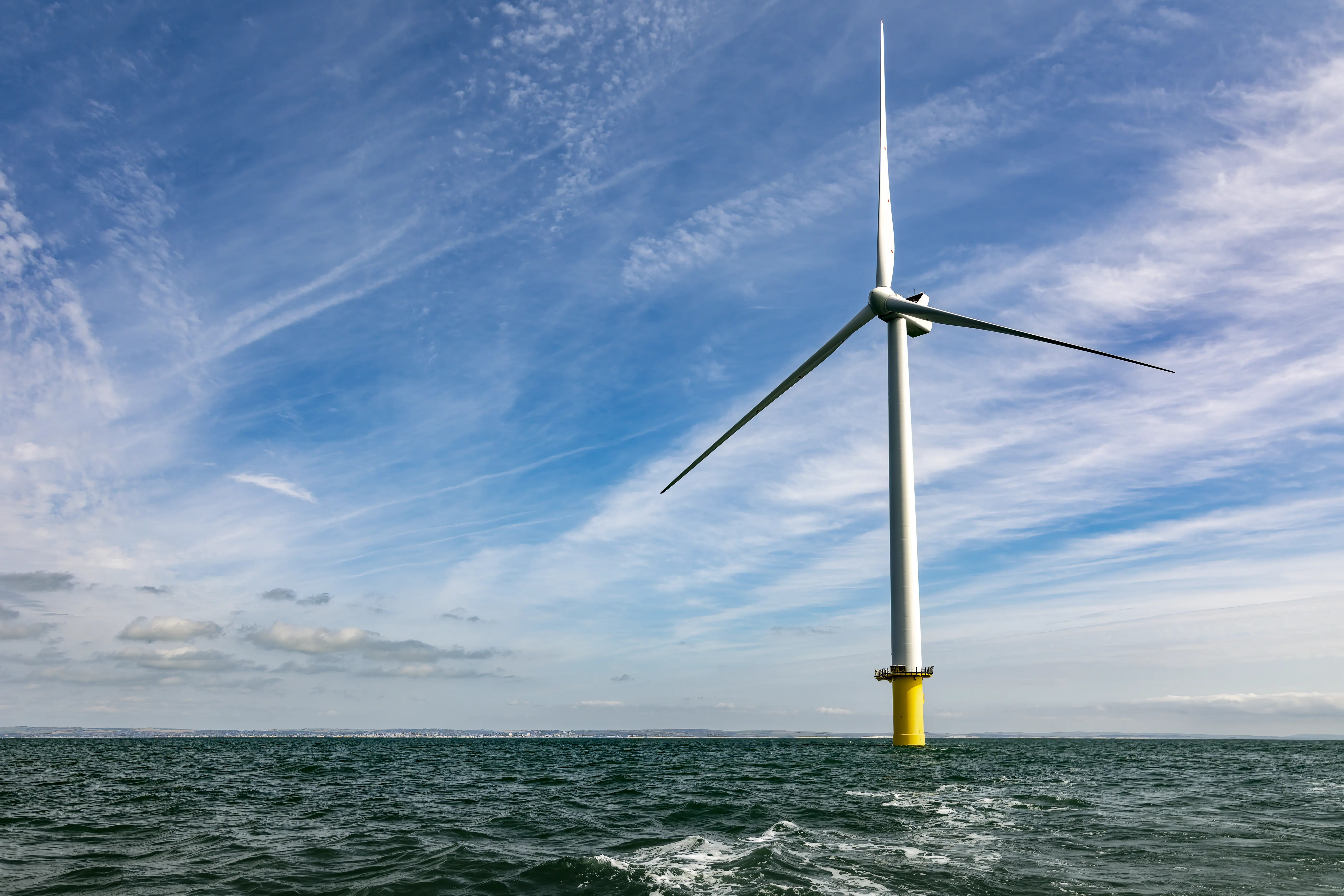
Voluntary (Self Regulatory) Protocols and Guidelines
It also highlights another very important feature of occupational disaster prevention mechanisms, namely the "Voluntary", which is penetrating through the UK's important workforce safety and occupational hazard regulations.
"The health and safety awareness comes from a place of appreciation and proactiveness, any previously existing communication barriers or implementation obstacles can and will be easily removed. This belief goes back to the mentioned concept of establishing awareness at a cultural level, seeing that habits and beliefs that stem from one's culture has a much deeper influence over any policy or regulation. With this in mind and looking back at our ultimate goal, 'ensure the safe return of personnel back home to their families', the HSE upholds the values of inclusivity and acceptance towards any and every country's own unique health and safety practices, while maintaining our firm commitment towards the ultimate goal. By allowing everyone to perform under their most familiar circumstances and methodologies, can we build a culture of health and safety awareness from the ground up," Albon emphasizes.
Most of the current offshore wind issues focus mainly on manufacturing and technology in Taiwan, and it takes time to establish the related occupational health and safety functions. As the project continuously proceeded, the concept of occupational safety of offshore wind will spread rapidly. "Because one has become part of the working environment of the whole industry," Albon says.
Even though Taiwan has set up the goal for offshore wind development up to 2030, there are still difficulties to overcome, including infrastructure, policy support, and marine engineering in addition to climate constraints, marine environment and ecological conservation issues. There are no local developers and manufacturers of wind turbine systems in the UK, just like in Taiwan, but local British companies have transformed their capabilities in project management, EPC (procurement, design, construction, installation, etc.), marine engineering, and cable laying…etc. Those companies continuously grow and thrive under the guidance of the British government's policy scheme and eventually possess the capability of independent construction.
It's reasonable that Taiwan takes the valuable parts of the existing standards to create a "single standard" that works for Taiwan and those companies coming to the local market in the offshore wind industry, but it also requires a long period of good communication with all of the authorities and stakeholders. "I think we try to be pragmatic about what is possible. And when you hear somebody say: well, wouldn't it be good if there was a global standard? How many decades would it take before we could have a single global standard that everybody follows? But in the meantime, we're trying to get to zero carbon, and we urgently need wind power as part of our climate change. And so, I think we don't have time to indulge ourselves in talking for years about the single standard because you can be sure that everybody would argue about what was best and what was different." Albon says.
Albon further indicates that one of the things that HSE UK tries to do in dealing with carbon-neutral issues is to help companies innovate and reinvent processes and techniques by using new technology. "By maintaining an open-minded attitude can we create more possibilities and cultivate 'voluntary' culture. Every regulatory body in the world is doing things simultaneously. We've been doing a lot of experiments with companies in hydrogen, batteries, and to try to move quickly to net zero. And I think that means you have to be open-minded to different ways of doing things, as long as you always have at the heart of it, thinking about protecting those who will be impacted and making sure that they're safe. They don't have to be the same as long as they're safe."
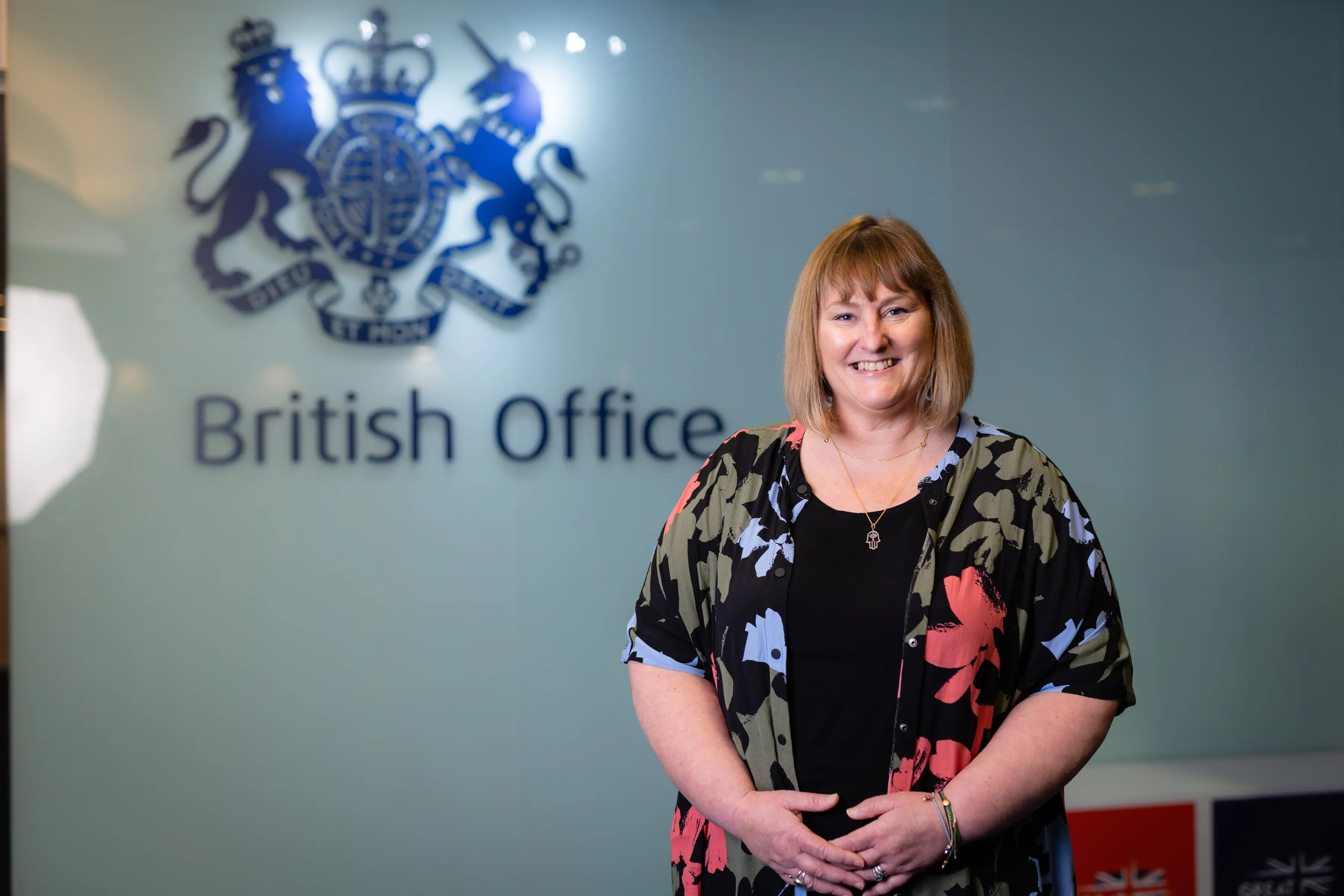
Sarah Albon,a career civil servant with a strong commitment to the delivery of effective and accountable public services, Sarah took up post as Chief Executive of the Health & Safety Executive in September 2019. Prior to this, she was Chief Executive of the Insolvency Service from February 2015, guiding the agency through a period of major transformative change and leading the response to a number of high profile corporate failures, including the liquidations of Carillion and British Steel. Before undertaking these Chief Executive roles, Sarah spent much of her career working in the Ministry of Justice and its predecessor departments, including most recently as Director of Strategy & Change for Her Majesty's Courts and Tribunals Service; her wider work in those departments spanned a number of areas including policy, strategy, finance and operational delivery.
More related articles

